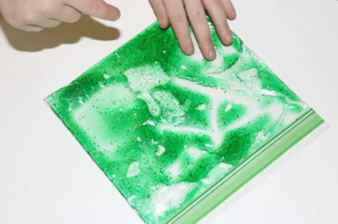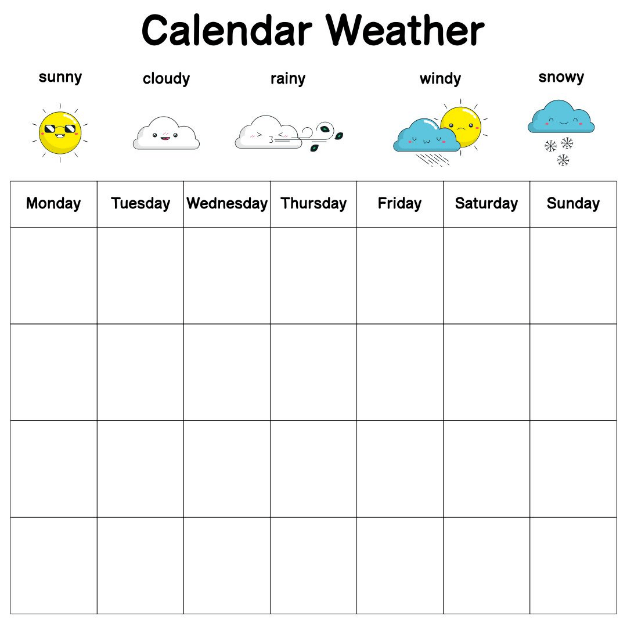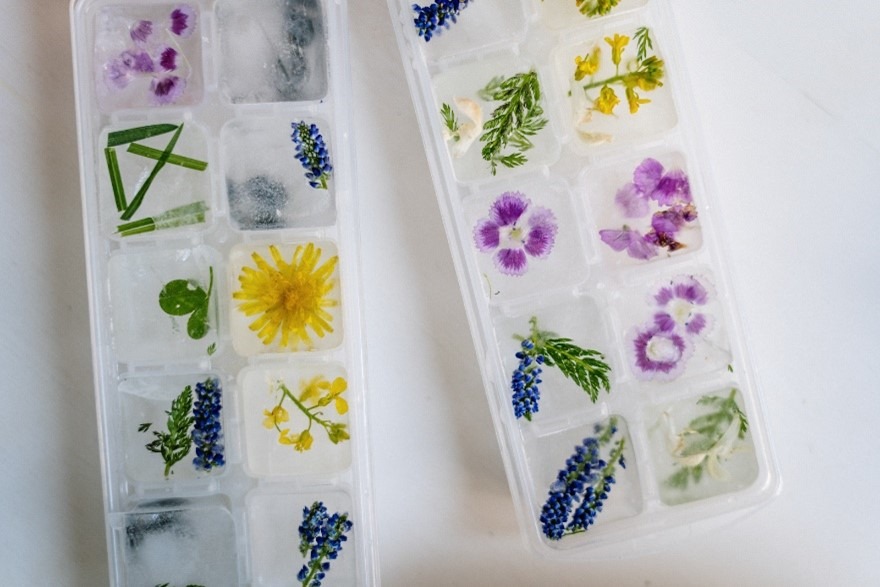1. Sensory Bags
Supplies: Gallon-size Ziploc bags, duct or packing tape, hair gel, sequins, glitter, foam shapes, buttons, etc.
Skills: Fine Motor, Scientific Inquiry, Color & Shape Recognition
Sensory bags are a fun, no-mess way for children to engage in sensory exploration and other essential developmental skills. To create a basic sensory bag, fill a gallon-size Ziploc bag with a bottle of hair gel. If you’d like to add items to the bag, choose flat objects without sharp edges, like smooth buttons or felt shapes. You can also add glitter or sequins.
Secure the bag with duct tape or packing tape to ensure no leaks. You can tape the bag to the table to stabilize it. Encourage your child to press and draw with their fingers. Sensory bags are ideal for babies, toddlers, and big kids!

2. Alphabet Hunt
Supplies: Picture Books
Skills: Letter Recognition, Sound Recognition, Object Recognition, Classification
Using picture books, choose a letter, or if your child is older, a letter sound, then have them search through the book for an object that starts with that letter or sound. You can use any picture book; it doesn’t have to be a children’s book specifically. Magazines and catalogs also work well!

3. Weather Calendar
Supplies: Laminated Calendar, Velcro, Laminated Weather Cut-outs (Sun, Rain, Clouds, etc.)
Skills: Scientific Inquiry, Prediction, Patterns, Language Development, Fine Motor
The concept of a calendar and time is highly foreign to a young child so experimenting with a calendar is one way to help cement those concepts. Children, however, understand the weather and are typically able to talk about it easily.

Use an old calendar or create one on a piece of poster board. If possible, laminate the poster or cover it with contact paper. Next, place one piece of Velcro (sticky or soft) on each calendar square and affix the opposite side to the weather shapes.
Encourage your child to record the daily weather and predict the weather the next day. You can extend the activity by recording the weather and looking for patterns.
4. Ice Excavation
Supplies: Bucket, Small Objects, Plastic Tools
Skills: Fine Motor, Scientific Inquiry, Problem Solving, Using Tools
In a plastic bin or bucket, freeze different small objects like plastic animals or dinosaurs, pom-poms, silk flowers, rocks or gemstones, etc. You can use an ice cube tray to freeze individual objects if space is an issue or to make them easier to excavate.
Preferably outside, allow your child to work with child-safe tools like plastic chisels or wooden hammers to break apart the ice and retrieve the objects.

5. Puppet Show
Supplies: Puppets or stuffed animals
Skills: Language and Literacy, Storytelling, Social-Emotional Development
Putting on a puppet show together is a fantastic way to help your child explore their language and literacy skills and develop their social-emotional development. Stories usually have problems that need to be solved, and puppet shows are a safe way to explore social problems and big feelings.
You can choose to act out familiar stories or books or encourage your child to create one of their own! To expand the activity, you can create a puppet theater together using cardboard boxes, paint, old sheets, etc.












